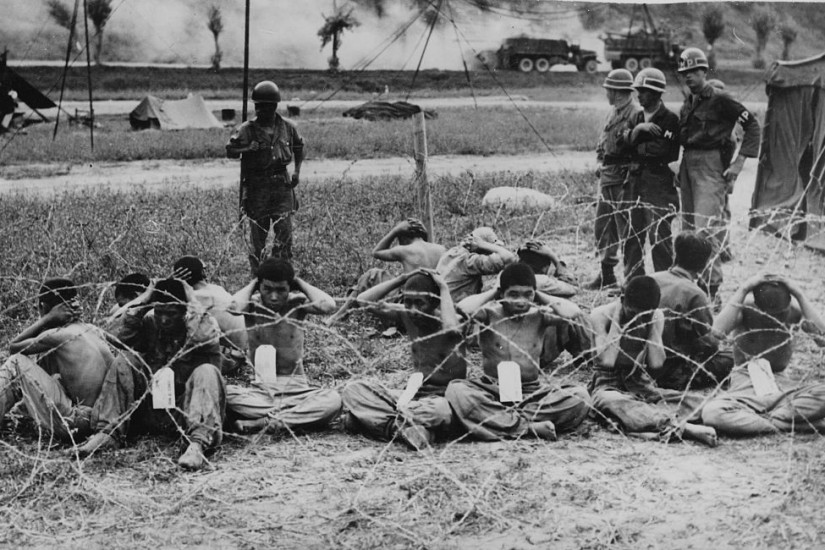If it wasn't official before, North Korea is now the biggest foreign policy crisis the Trump administration is facing. “North Korea had best not make any more threats to the United States. They will be met with fire and fury like the world has never seen,” President Donald Trump said during a briefing on opioid addiction Tuesday at his golf course in Bedminster, New Jersey. The Pyongyang regime responded with another threat of its own, saying its military “is examining the operational plan” for a missile strike around the U.S. territory of Guam. As the Pyongyang regime continues to defy international sanctions and presses on with its missile testing, the problem of war and peace on the peninsula becomes increasingly urgent. Should the United States risk war with North Korea that may ultimately lead to a bigger war and chaos in the region? Should it pursue a peace that keeps a dictatorial regime intact to fight another day? Washington’s policy analysts, pundits and North Korea watchers have gone around this circle over the past 15 years. Yesterday's escalation jolted us out of the sense that it might go on indefinitely, unresolved.
What does the North really want? And how can Trump face down such a seemingly irrational leader? Much of today’s commentariat on North Korea can be divided into three main camps: Regime Changers, who want to take out Kim; Grand Bargainers, who want a peace treaty in exchange for denuclearization; and China Pushers, who want China to take on the main role in pressuring North Korea toward a deal. But all three positions ignore something important: A long view of its history encompassing Koreans’ place in the world and how the regime in the North sees it.
